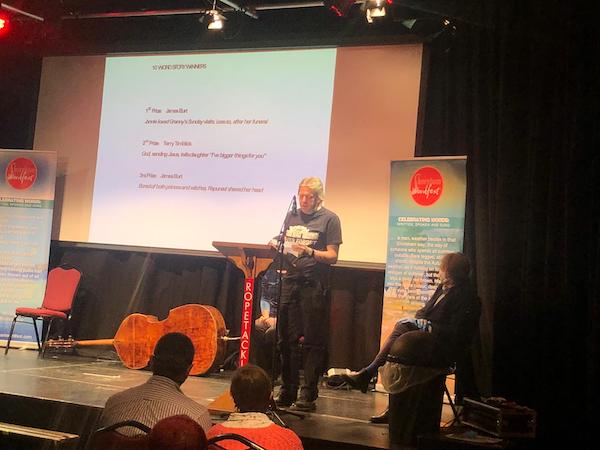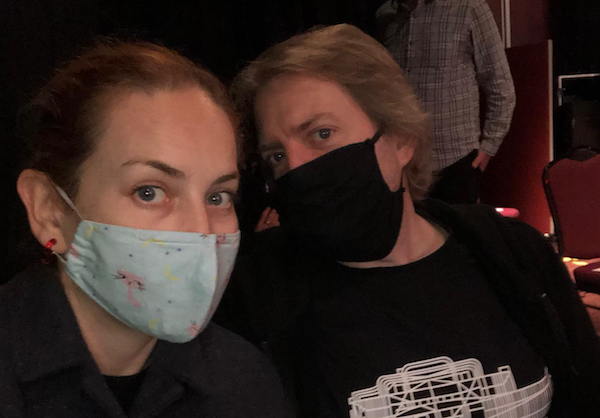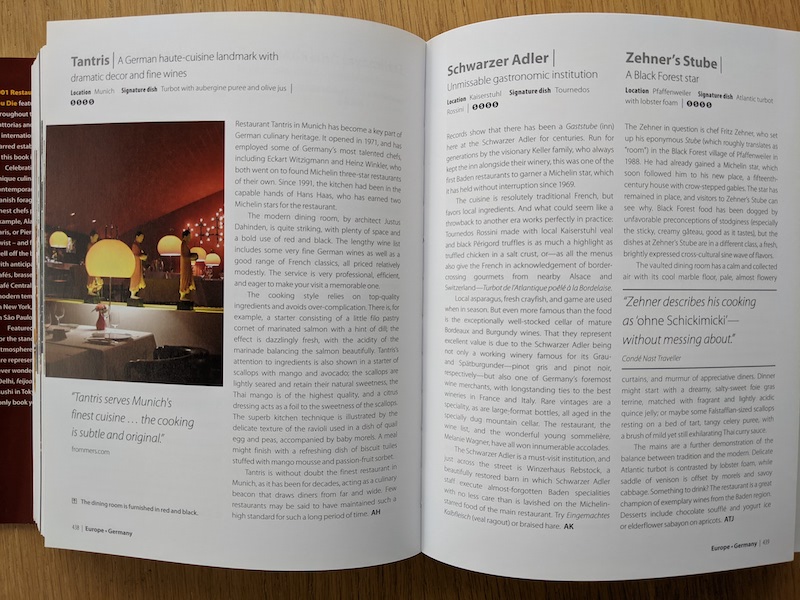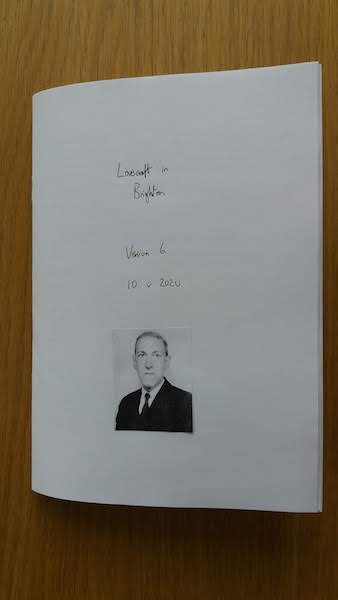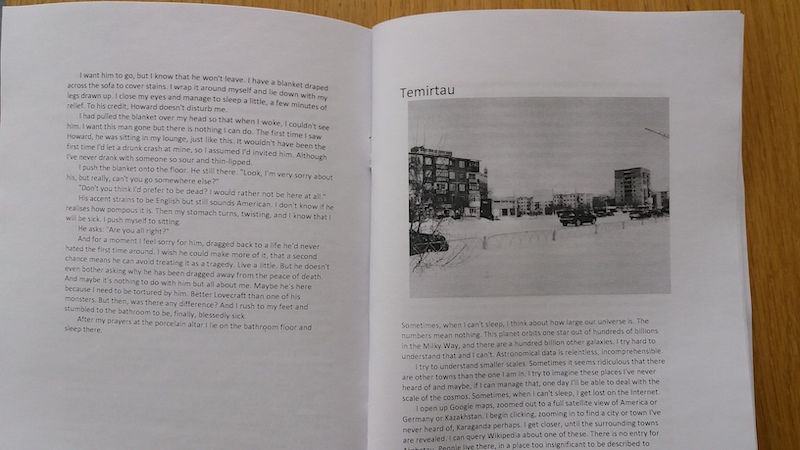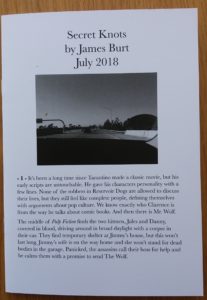Last week I caught up with an old friend who gave me two wonderful presents. The first of these was a 2006 book about blogging:
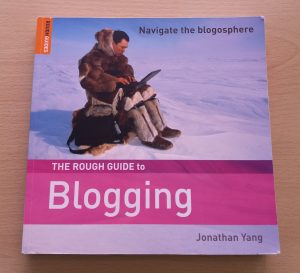
There is something amazing about returning to old books on a subject, particularly ones about the Internet. Looking at the predictions and expectations is fascinating; what excited people before hindsight corrected them?
When the concept of podcasting is introduced, the book explains: “technically speaking, a Podcast is an audioblog delivered using RSS”. And I’ve learned that the word blog (2004 Merriam-Webster word of the year) was coined by Pewter Merholz in 1999, who wrote “I’ve decided to pronounce the term ‘Weblog’ as ‘wee-blog’, or blog for short”
So far, my favourite prediction is from Jason Calacanis of Weblogs Inc. I had to look up Weblogs Inc to be reminded who they were (one of the first blog networks, bought by AOL in 2005 for $25 million – which used to be a lot of money). Calacanis claimed:
nearly half of everyone who currently uses email will have a blog, and with blogs integrating themselves into the common routines of internet users, the percentage of blogs updated on a regular basis will rise
Which is a fascinating quote… my first response was to see it as ironic, given that the blogosphere has been trounced by twitter and facebook. And then it occurred to me that Calcanis was wrong through being too conservative. After all, facebook’s status updates are basically a blogging platform that is simple and easy to use – even if it has stripped away important elements like RSS and openness.
The book is full of reminders of lost things that were once important: technorati, blog rings; all the tools I’ve used over the years, like typepad, userland and even diaryland. I was reminded about how tricky comments were in the 00’s, with Haloscan popups being the easiest way to handle things (I still have an export of my Haloscan comments from 2001/2). I wrote about moblogging last year and there is a section on that. There are whole services that have disappeared, like audioblog-by-phone. Even at the time, I’d not realised there was a company set up to offer services related to sideblogs. There were just two pages on videoblogs, which have exploded with the rise of Youtube. I remember Beth being a pioneer for this, organising a vlogging event in Brighton in 2007.
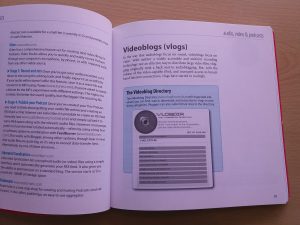
It’s sometimes hard to see the roots of the current web, since things have flowered in such interesting ways. Technologies that once looked like dead-ends have become central. But, most of all, reading this book summons the optimism of that time. And we need that optimism as we work to rebuild the open web and move out of the walled gardens. This has happened before, when blogs took over from AOL and Compuserve and newsgroups. It can happen again.
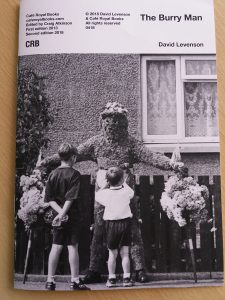
Graham also gave me a book in the Burry Man. I remember hearing about this many years ago, in a talk by Doc Rowe at the Beyond the Border festival. Yesterday Doc Rowe was in the guardian, talking about Britain’s Weirdest Folk Rituals. ‘One year he had 23 whiskies before 2pm’
